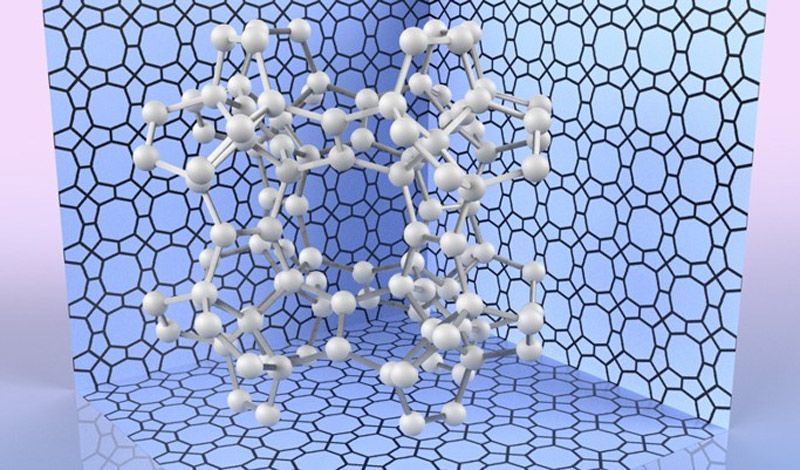Update: The UAE’s Hope Mars orbiter has successfully launched toward the Red Planet on its H-IIA rocket.
The United Arab Emirates will launch its first mission to Mars on a Japanese rocket today, July 19, and you can watch it live online.
Update: The UAE’s Hope Mars orbiter has successfully launched toward the Red Planet on its H-IIA rocket.
The United Arab Emirates will launch its first mission to Mars on a Japanese rocket today, July 19, and you can watch it live online.

The United Arab Emirates (UAE) will launch its first-ever interplanetary mission today (July 19), and you can watch the historic liftoff live.
The Emirates Mars Mission, also known as Hope, is scheduled to launch atop an H-IIA rocket from Japan’s Tanegashima Space Center today at 5:58 p.m. EDT (2158 GMT; 6:58 a.m. July 20 Japan Standard Time. You can follow the action live here at Space.com courtesy of the UAE Space Agency and the Dubai One news channel, or directly via the latter two organizations here.
Let’s talk about science! In the latest episode of #EZScience, learn about the upcoming launch of NASA’s Perseverance Mars Rover targeted for liftoff on July 30. Dr. E and Dr. Z talk about the technological advancements of the newest Mars rover (and helicopter!).
The latest AI algorithms are probing the evolution of galaxies, calculating quantum wave functions, discovering new chemical compounds and more. Is there anything that scientists do that can’t be automated?

One small step for cells, one giant leap for science.
The fourth Long March-5 rocket, to be used to launch China’s first Mars exploration mission — the Tianwen-1 — was vertically transported to the launching area at the Wenchang Space Launch Center in south China’s Hainan Province on Friday.

To calculate the most stable atomic configuration, as well as estimate its hardness, the team relied on a computational method called density functional theory (DFT). DFT has been successfully used throughout chemistry and solid-state physics to predict the structure and properties of materials. Keeping track of the quantum states of all the electrons in a sample, and their interactions, is usually an intractable task. Instead, DFT uses an approximation that focuses on the final density of electrons in space orbiting the atoms. This simplifies the calculation to make it suitable for computers, while still providing very precise results.
Based on these calculations, the scientists found that the Young’s modulus, a measure of hardness, for pentadiamond is predicted to be almost 1700 GPa – compared with about 1200 GPa for conventional diamond.
“Not only is pentadiamond harder than conventional diamond, its density is much lower, equal to that of graphite,” explains co-author Professor Mina Maruyama.
#OTD 51 years ago, Apollo 11 launched from NASA’s Kennedy Space Center with NASA Astronauts Neil Armstrong, Buzz Aldrin, and Michael Collins aboard. Four days later, Armstrong and Aldrin landed on the Moon’s surface, while Collins orbited overhead in the Command Module: https://go.nasa.gov/3j7tRV0